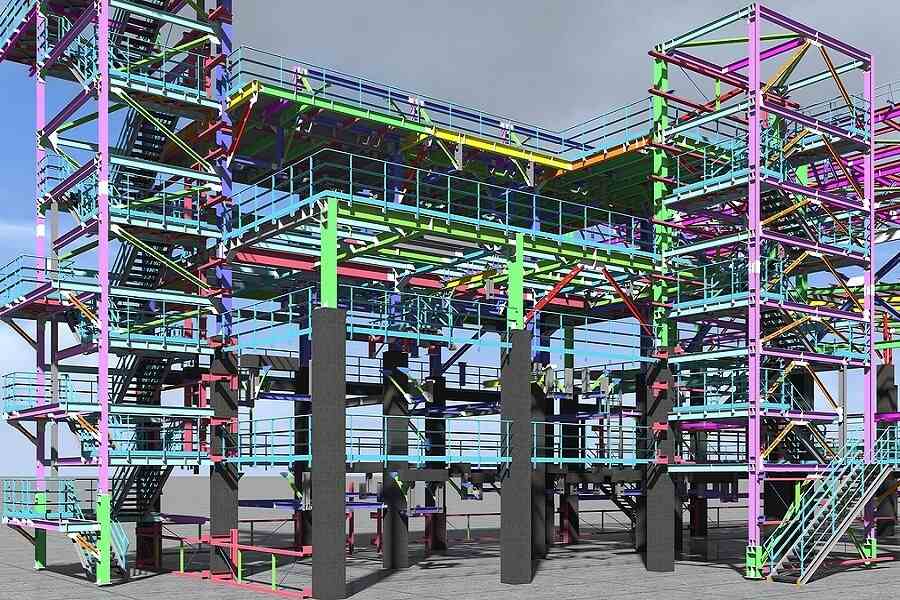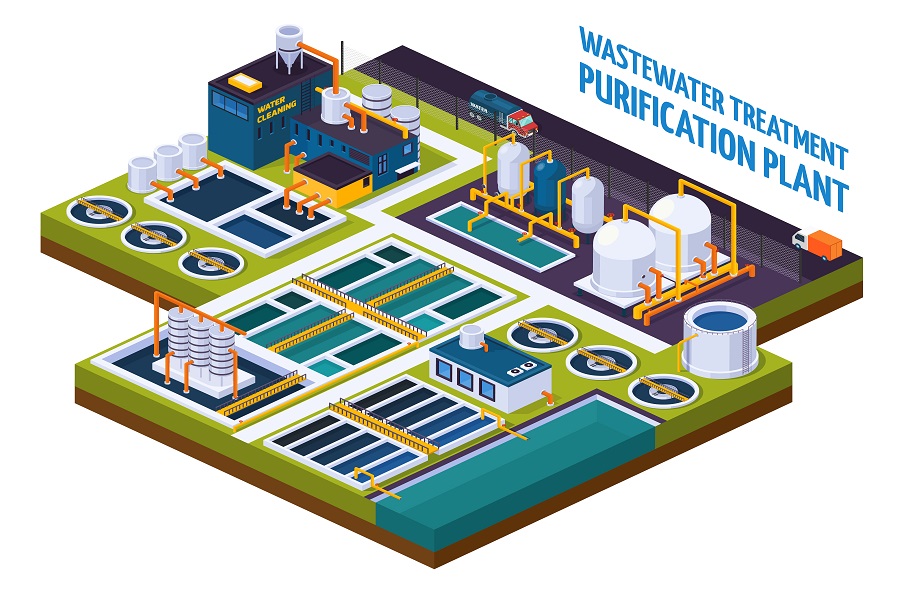Building Information Modeling (BIM) is not a new term for organizations involved in the design and construction industry. It’s used by architects, structural engineers, Builders to optimize their design, estimation, scheduling and construction. However, BIM is more than just a way to improve your construction design. It is the process of digitizing architectural plans to create a single source of truth that enables seamless collaboration, coordination, modeling, and streamlining of workflows.
Today, BIM is increasingly being used by stakeholders at all levels to address various building construction challenges. It complements structural engineers too.
In fact, Structural BIM plays an integral role in building life-cycle management. It moves above and beyond the traditional building designing approach and helps AEC professionals improve every facet of building construction, right from design to construction, documentation, quantity take offs, estimation, management, and renovation.
Leveraging the latest BIM tools and software like Autodesk Revit, helps structural engineers to develop their building’s structure in a virtual 3D environment. With all the information at hand and in one place, engineers, modelers, and drafters can accurately visualize, analyze, simulate, and document their projects. They can get a clear idea of building geometry, its properties, materials, and resources required to successfully complete the project.
This ensures superior planning, detailing, and load calculations and makes way for real-time collaboration and coordination for better visualization and management of structural components. Thus, structural BIM services help them keep their models consistent and constantly updated with all the latest design changes.
Here are the top 5 reasons why every structural engineer should use Structural BIM for planning, designing, and constructing their future building structures:
1. It Ensures Superior Onsite Coordination and Collaboration
A typical project usually involves multiple drafters working on different components of the building, many times in complete isolation from each other. Sometimes they are working from different parts of the world too. This presents significant challenges when it comes to coordination and often leaves room for errors and re-works. For example, if a structural engineer makes changes to the design but the same is not updated to the drafter, the entire construction document will go out of sync and will significantly affect the final building design and construction process.
Structural BIM due to its collaborative nature makes multi-disciplinary coordination easy.
It integrates the entire workflow using Autodesk Revit and other coordination tools like BIM 360 to create a single model structure and ensures seamless coordination among all project stakeholders. Structural BIM provides AEC professionals with the easiest way to coordinate between different building processes like MEP, design analysis, and value engineering too.
With BIM, structural engineers can easily coordinate with each other as well as with other stakeholders to ensure everything fits together accurately and that there are no errors or clashes at later stages of building construction. A collaborative working environment optimizes the design, improves the accuracy of the project, and helps to deliver better-quality buildings.
2. It Offers Maximum Productivity and Profitability
Creating technical drawings in 2D is the most tedious and time-consuming part of structural engineering. By digitizing the entire building design process in 3D, BIM makes the entire process a whole lot easier. With BIM, various important aspects of structural engineering like reinforcement detailing, numbering, and rebar schedules are automatically generated, which saves time and boosts productivity. With BIM features like time scheduling, quantity takeoff, and cost estimation, structural design engineers can quickly and effectively prepare budgetary estimations, facilitate the process of problem-solving, reduce errors, and maximize productivity and profitability.
3. Structural BIM Provides Better Visualization and Simulation of Structure
BIM improves project visualization too. Using BIM models, structural engineers can quickly perform structural stability and performance analysis in 3D. They can create simulations and gain excellent insights about the project. Structural BIM allows them to separate and filter out any area or element to evaluate its structural layouts in a more precise manner, make necessary changes to the design, and improve the predictability and performance of a structure.
4. It Ensures Effective Team Building and Knowledge Sharing
BIM makes communication among different stakeholders simple and effective. Since everyone is working on one single model, they can quickly share information about project development, design changes, and every other aspect of the construction workflow.
They can quickly discover errors, clashes, and mistakes, right at the pre-construction stage, thus reducing material wastage and bringing cost efficiency to the whole project. It helps improve the overall productivity of the entire team.
5. Structural BIM Facilitates Superior Planning and Scheduling
The data you possess can either make or break your project. This is especially true for projects that involve complex design elements. Traditional methods of building design analysis are always inconsistent. They often lead to errors and mistakes, some of which become apparent only when engineers reach the actual construction process. Structural BIM simplifies the process through rendering and animations. It links the 3D digital model to plans, elevations, sections, schedules, and drawings and delivers truly constructible data – one that integrates structural analysis and design to help teams to plan, schedule, and communicate more effectively. This helps enhance productivity and profitability and minimizes costly surprises.
Wrapping Up
BIM has revolutionized the entire AEC industry and it has a lot to add to the structural engineering value chain. Not only does it optimize building design and construction, but it also perfects its operation and asset management. With BIM, everything becomes more efficient and organized. With its large-scale adoption in countries around the globe, BIM has opened up new avenues for higher efficiency and greater productivity in structural engineering domain. They can maximize the effectiveness of their project at every stage of construction, management, and even beyond.
If you too want to harness the power of Structural BIM for your projects to accurate your designs and develop error-proof, clash-free, well-coordinated structures, get in touch with our experts today!
As a leading Building Information Modeling Services provider in India, we can provide you with the highest quality Structural BIM Modeling services at the most competitive price point. Well-versed with the latest BIM tools, software, and technologies, our BIM modelers and detailers can facilitate accurate designing and detailing of structural elements and can provide you with complete support for all your structural needs – right from design to fabrication. We ensure superior multi-disciplinary coordination, enhanced project visualization, and accurate review of your project structures.
Partner with us and realize the true potential of your data!






